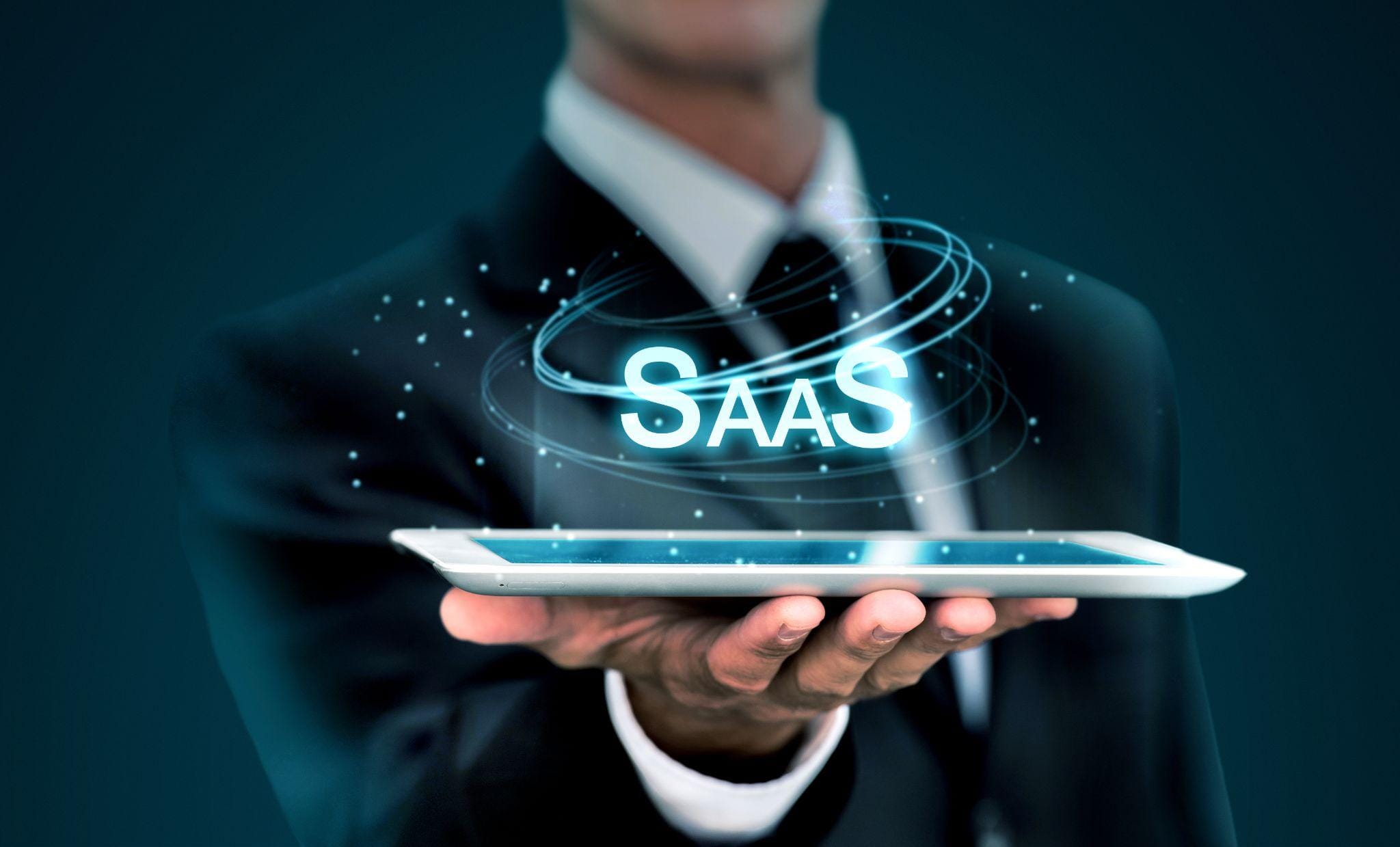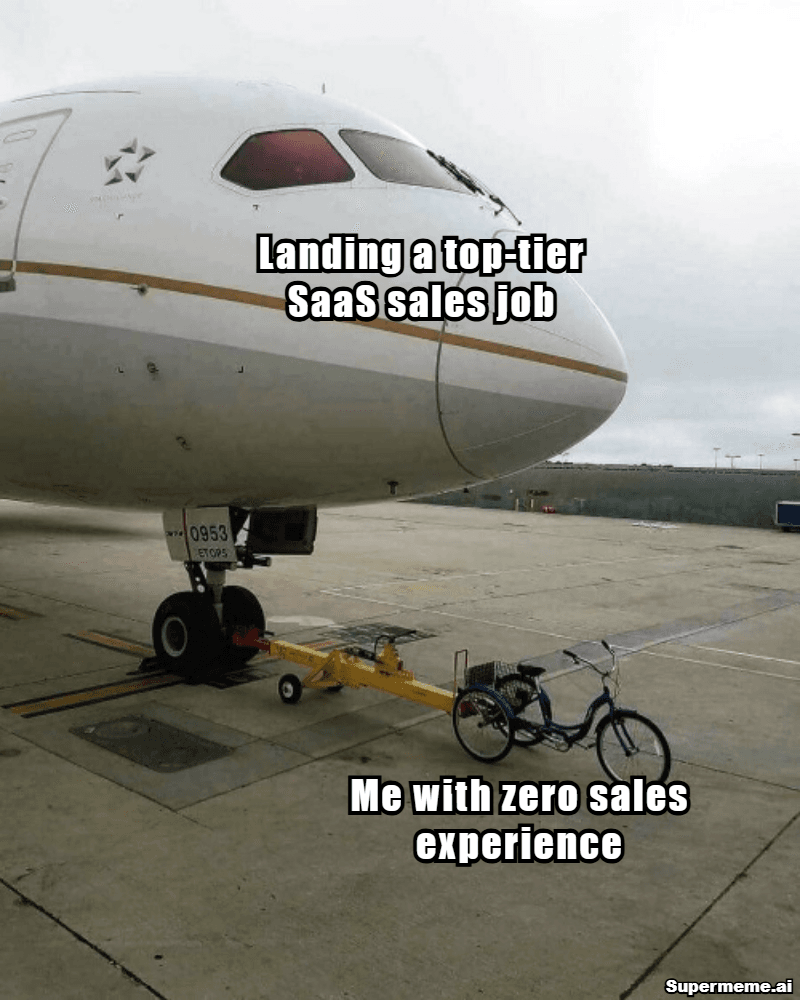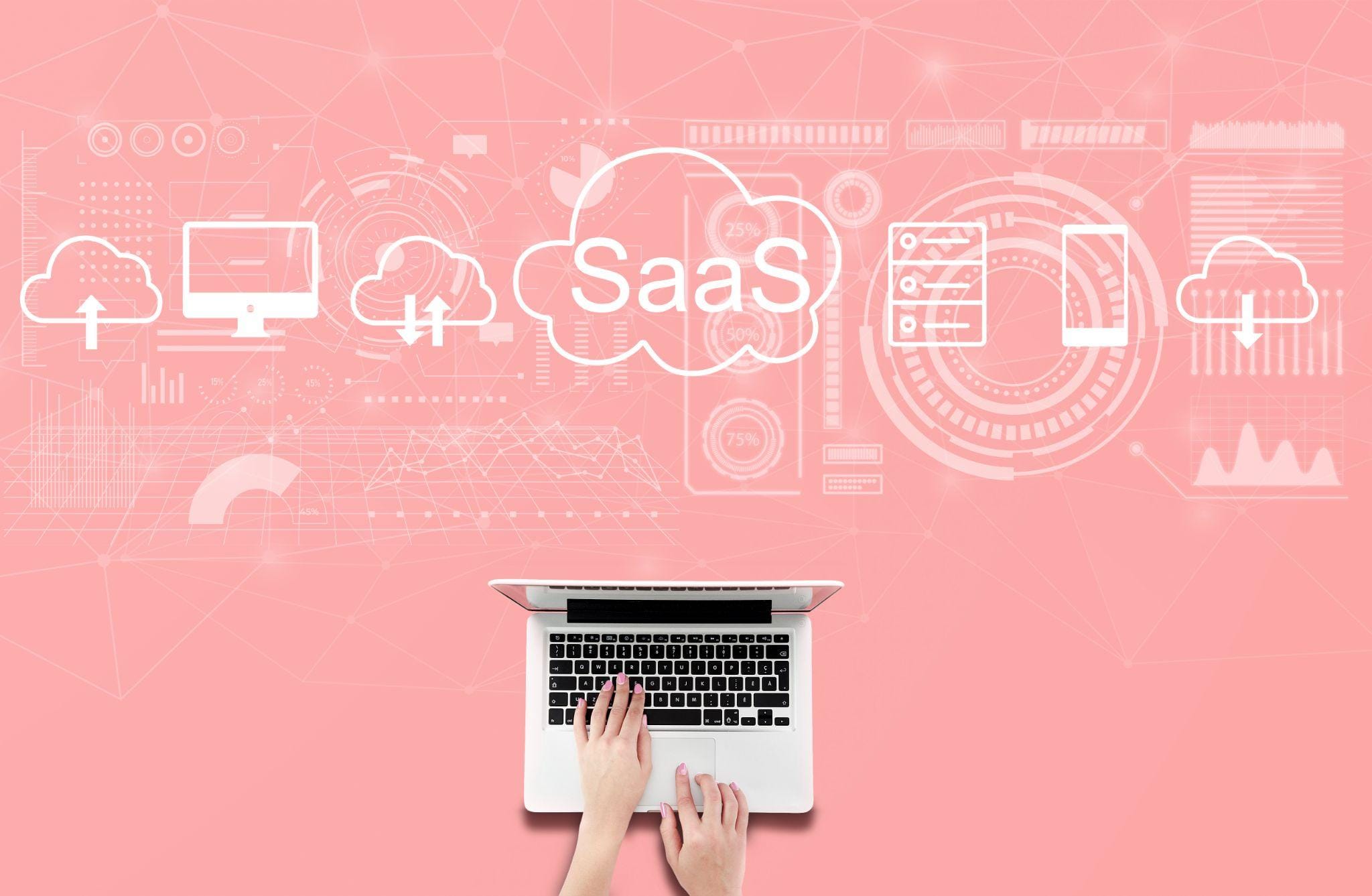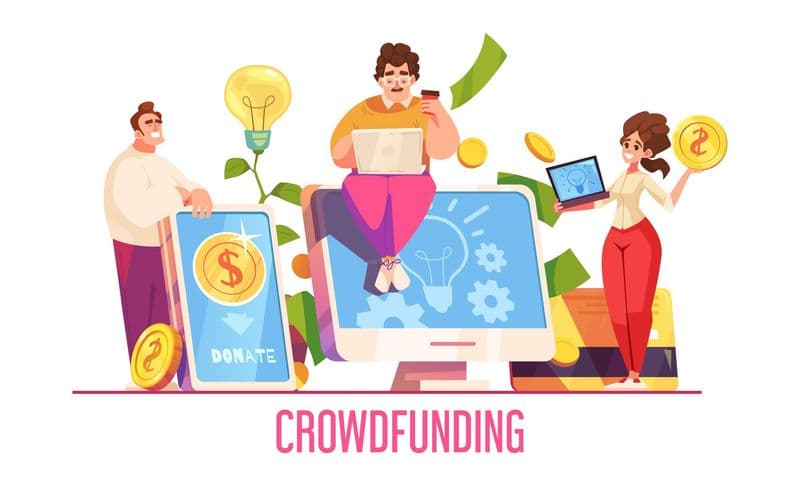The software-as-a-service (SaaS) industry continues to surge in 2025, powering everything from small startups to global enterprises. As companies increasingly rely on cloud-based solutions, SaaS sales roles have become some of the most dynamic, lucrative, and in-demand positions in tech. Whether you’re a recent graduate, a career switcher, or an ambitious professional seeking a new challenge, breaking into SaaS sales—and thriving—requires a blend of technical savvy, consultative skills, and a customer-first mindset. Here’s your comprehensive roadmap to launching and excelling in SaaS sales in 2025.
Understanding SaaS Sales: What Makes It Unique?
SaaS sales is the process of selling web-based software that customers access through an online portal, typically on a subscription basis. Unlike traditional product sales, SaaS sales focus on building long-term customer relationships, as the revenue model depends on renewals, upsells, and ongoing customer satisfaction. The sales cycle can be longer and more complex, often involving multiple stakeholders and a consultative approach to uncover and solve customer pain points.
Key distinctions in SaaS sales include:
- Subscription Model: Revenue is generated through recurring payments, making customer retention as important as acquisition.
- Continuous Relationship: Sales reps are involved beyond the initial sale, supporting onboarding, adoption, and expansion.
- Technical Depth: Reps must understand both the software and the customer’s business environment to demonstrate value.
Essential Skills for SaaS Sales Success
To break into SaaS sales and thrive, you’ll need a blend of hard and soft skills tailored to the industry’s demands:
Hard Skills
- CRM Proficiency: Familiarity with tools like Salesforce, HubSpot, or Zoho is essential for managing pipelines and tracking deals.
- Data Analysis: Ability to interpret sales metrics, KPIs, and customer data to optimize performance.
- Product Knowledge: Deep understanding of the SaaS product, including features, integrations, and use cases.
- Lead Generation & Prospecting: Researching and qualifying potential customers using modern sales techniques.
- Demo & Presentation Skills: Confidently showcasing the software’s value through tailored demos and presentations.
Soft Skills
- Communication: Explaining complex concepts clearly to both technical and non-technical audiences.
- Relationship Building: Cultivating trust and rapport with prospects and customers for long-term engagement.
- Negotiation: Managing pricing, objections, and contract terms to close deals.
- Resilience: Handling rejection and persevering through slow sales periods.
- Adaptability: Adjusting sales approaches to different buyer personas and evolving market trends.
- Problem-Solving: Diagnosing customer challenges and positioning your solution as the best fit.

How to Break Into SaaS Sales with No Experience
You don’t need a tech degree or years of experience to start in SaaS sales, but you do need to demonstrate potential, initiative, and a willingness to learn. Here’s how to get your foot in the door:
- Start with Entry-Level Roles: Look for positions like Sales Development Representative (SDR) or Business Development Representative (BDR). These roles focus on outbound prospecting, qualifying leads, and booking demos—perfect for learning the ropes.
- Leverage Transferable Skills: Highlight experiences from customer service, retail, or project management that showcase communication, organization, or problem-solving abilities.
- Build Technical Acumen: Take free online courses, attend product demos, or earn certifications in CRM tools and SaaS fundamentals.
- Network Relentlessly: Connect with SaaS sales professionals on LinkedIn, attend industry webinars, and seek mentorship. Referrals and insider advice can accelerate your job search.
- Optimize Your LinkedIn Profile: Showcase your skills, certifications, and enthusiasm for SaaS sales. Recruiters often use LinkedIn to find candidates for these roles.
- Pursue Internships or Contract Roles: Even short-term stints at SaaS companies can provide valuable experience and open doors to full-time positions.

Strategies to Thrive in SaaS Sales in 2025
Landing your first SaaS sales job is just the beginning. To truly thrive and advance your career, you’ll need to master modern sales strategies and embrace a growth mindset:
1. Become a Product and Industry Expert
- Know Your Product: Understand every feature, integration, and use case. This enables you to tailor demos and answer technical questions with confidence.
- Understand the Customer’s World: Research your target industries, common pain points, and business processes. Speak your prospect’s language and position your solution as the answer to their unique challenges.
2. Prioritize Relationship-Based Selling
- Consultative Approach: Act as a trusted advisor, not just a salesperson. Ask probing questions, listen actively, and recommend solutions that drive measurable outcomes.
- Long-Term Focus: Remember that the initial sale is just the start. Nurture relationships for renewals, upsells, and referrals.
3. Master Modern Sales Tactics
- Multi-Channel Outreach: Combine email, cold calls, LinkedIn, and social selling for maximum engagement. Persistence pays off—most deals require multiple touchpoints.
- Personalization at Scale: Tailor every pitch to the prospect’s needs, using data and insights to demonstrate ROI.
- Leverage Social Proof: Share case studies, testimonials, and success stories to build credibility and trust.
4. Embrace Data, AI, and Automation
- Track the Right Metrics: Monitor KPIs like conversion rates, churn, customer lifetime value, and pipeline velocity to identify strengths and areas for improvement.
- Use AI Tools: Automate repetitive tasks, analyze buyer intent, and predict deal risks using AI-powered sales platforms.
- Continuous Learning: Stay updated on new tools, trends, and best practices by following SaaS thought leaders and participating in sales communities.
5. Align with Marketing and Customer Success
- Unified Customer Journey: Work closely with marketing and customer success teams to ensure a seamless experience from first touch to renewal.
- Feedback Loop: Share customer insights with product and marketing teams to influence roadmap decisions and campaign strategies.
6. Focus on Value, Not Just Features
- Benefits Over Features: Always connect product capabilities to tangible business outcomes for the customer.
- ROI-Driven Selling: Quantify the impact your solution can deliver—cost savings, productivity gains, risk reduction, or revenue growth.
7. Never Stop Developing Your Skills
- Mentorship: Seek guidance from experienced SaaS sellers who can offer feedback and career advice.
- Certifications & Training: Pursue ongoing education in sales methodologies, negotiation, and SaaS technologies.
- Adaptability: The SaaS landscape evolves rapidly. Be ready to pivot your approach as new products, competitors, and buyer expectations emerge.

SaaS Sales Strategies to Watch in 2025
The SaaS sales playbook is evolving. Here are some of the most effective strategies shaping the industry this year:
Strategy | Description | Best For |
|---|---|---|
Product-Led Growth (PLG) | Letting the product drive adoption via free trials, self-serve onboarding, and viral loops | Simple, user-friendly SaaS products |
Land and Expand | Starting with a small deal and growing within the account | Enterprise and mid-market accounts |
Account-Based Selling | Targeting high-value accounts with personalized campaigns | Complex, high-ticket SaaS solutions |
Social Selling | Building relationships and trust via LinkedIn and industry communities | B2B SaaS, especially with longer cycles |
Data-Driven Selling | Using analytics and AI to identify, prioritize, and engage the best prospects | All SaaS segments |
Common Pitfalls and How to Avoid Them
- Overselling: Avoid making promises your product can’t keep. Honesty builds trust and long-term relationships.
- Neglecting Onboarding: Ensure customers are set up for success post-sale, reducing churn and boosting satisfaction.
- Ignoring Feedback: Actively seek and act on customer feedback to improve your sales approach and product offering.
- Working in Silos: Collaborate across departments to deliver a unified customer experience.

Conclusion: Your Path to SaaS Sales Success
Breaking into SaaS sales in 2025 is both challenging and rewarding. The path is open to anyone willing to learn, adapt, and put customers first. Start by building foundational skills, seek out entry-level opportunities, and immerse yourself in the SaaS ecosystem. Once inside, focus on continuous learning, relationship-building, and leveraging technology to stay ahead of the curve.
Remember: SaaS sales isn’t just about closing deals—it’s about solving problems, building trust, and driving real business value. Master these principles, and you’ll not only break into SaaS sales but thrive as a top performer in the years ahead.


